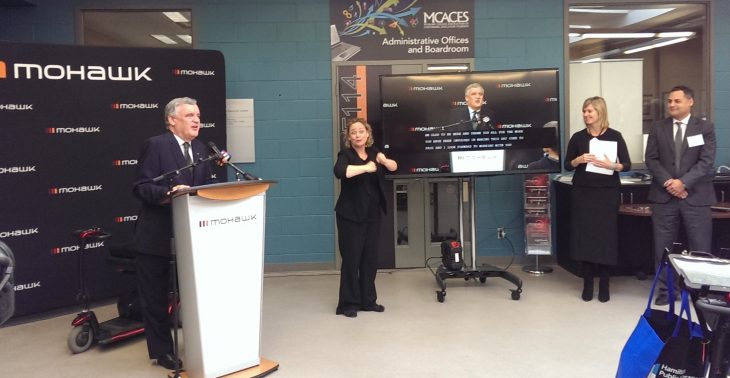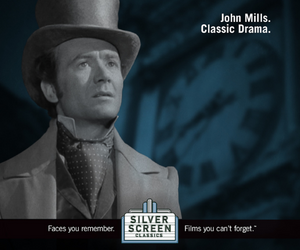
HAMILTON – Hamilton’s Mohawk College will launch a new course next year which will teach all of its journalism students how to ensure the news they produce is accessible to people with disabilities.
The course, believed to be the first of its kind in Canada, will launch in the fall of 2016 and be mandatory for all students in Mohawk’s three-year journalism program.
The college has been awarded an $80,000 grant from the Broadcast Accessibility Fund to develop the course. The $6 million BAF was established as an independent and impartial funding body supporting innovative projects to increase the accessibility of broadcasting content in Canada. It was created as part of the CRTC-mandated tangible benefits package associated with Bell Canada’s acquisition of CTVglobemedia. More funding announcements from the BAF will come later this fall.
According to research the college has done, 3.8 million Canadians (13.7% of the total population) reported having a disability in 2012. The percentage of Canadians with disabilities increases with age, ranging from 4.4% for people 15 to 24 years to 42.5% for those 75 years and over (Statistics Canada).
As well, approximately 13% of Mohawk students report having a disability.
Mohawk faculty and staff will develop the course in consultation with an advisory committee of college partners, including The Hon. David Onley (pictured above at the podium) who served as the 28th Lieutenant Governor of Ontario and was one of the first on-air journalists in Canada with a visible disability (he was a reporter and anchor with Citytv for more than 22 years). The committee also includes representatives from CNIB, the Down Syndrome Association of Hamilton, Canadian Hard of Hearing Association and the City of Hamilton.
Mohawk will also make the course curriculum available at no charge to colleges and universities through a Creative Commons license, too. Mohawk also plans to develop a one-year post-graduate certificate in accessible media production for working journalists and communications professionals. During the announcement, the college also had a sign language interpreter on hand, closed captioned the screens at the press conference and even issued a paper press released in Braille.
The course will encompass many things, such as the types and colors of graphics which can be seen on television to the types of language used by on-air journalists to properly describe people with disabilities. Mohawk’s journalism newsroom will also be equipped with software including speech recognition, captioning and screen reading programs and the newsroom will also be redesigned for students with disabilities. The vision is that Mohawk grads will learn to naturally produce content which can be consumed by virtually anyone.
“The Broadcasting Accessibility Fund is delighted to have Mohawk College among the recipients of the very first grants we have awarded,” said Richard Cavanagh, the BAF CEO. “This innovative initiative by Mohawk College is precisely the type of project envisioned by the Fund’s mandate, and addresses a key gap in the accessibility of content for Canadians with disabilities. We look forward to working with the Mohawk team throughout all phases of course design and implementation.”
“Mohawk College is proud to take a leadership role in training our students to produce digital and broadcast content that will be fully accessible for everyone with disabilities,” added Kurt Muller, Associate Dean of Media and Entertainment at Mohawk. “We also look forward to training working journalists and sharing our expertise with colleges and universities across Canada.



